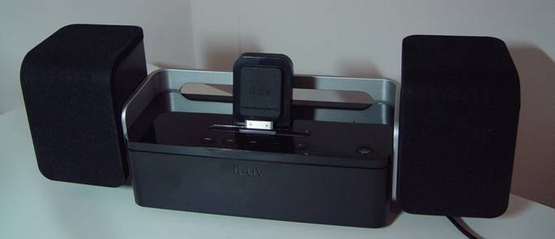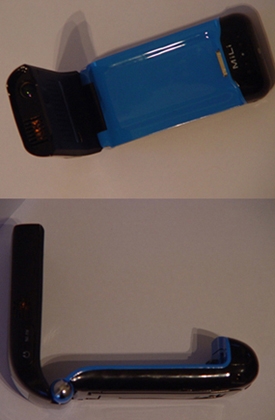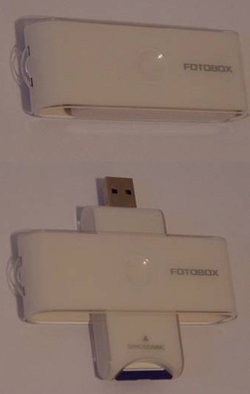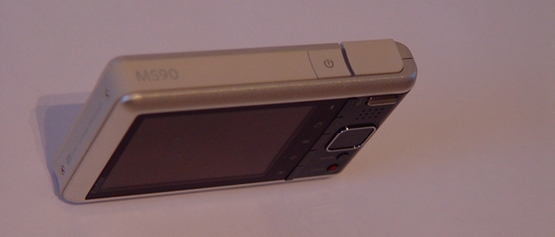A highlight of my teaching timetable each year is writing and delivering the course Sonic Media. There is something productive – if counterintuitive – in (andragogically) removing the eyes of MA students. Vision is a blunt and brutal sense. It judges, demeans and dominates, tricking us into believing that what we see is accurate and real. To enter a classroom where – for one semester – eyes are subordinated to ears changes how students gather information and the credibility granted to particular research methods. Students question clichés such as “seeing is believing” and consider the impact on research when conflating looking and knowing.
To unsettle assumptions about the visual world, my curriculum is inspired by the Russian word ostranenie. Literally meaning to defamiliarise or make strange, my goal is to reconnect students with a more complex sensory environment where sounds loop, noises disturb, rhythms punctuate and silences are rarely silent.
Sonic media shape a distinctive learning experience. Our ears are not corralled by the walls of my office. Instead, sound is promiscuous. It leaks, wafts and jolts. The subject is tough to teach, made more difficult because the theorists for visual literacy and screen cultures are so outstanding. Gunther Kress, Len Unsworth, James Elkins and David Buckingham are revelatory. Sonic media theorists are always a bit abstract, defiant, intuitive and challenging. Brian Eno, John Cage, Douglas Khan and David Toop are an acquired taste. To continue the culinary metaphor, if visual media researchers are Cheddar cheese, then sonic scholars are Stilton. There is a reason for their piquant intellectual flavour. Writing about sound is difficult. It is necessary to create new metaphors, models and word shapes that challenge readers – those literate in printed text – to open their ears to different ways of thinking through listening.
There is another problem. Almost on a weekly basis, new visual media platforms are released that are imaginative, exciting and easy to use. Enthusiasm for a new microphone is difficult to activate. We may spend a quiet hour in a seminar discussing the relationship between sound and noise, or the texture of ambient soundscapes. Then the moment I pull out an iPad or camera, students jump on it with the energy of Lady Gaga at a supermarket meat counter in search of a new frock. There is a reason for their enthusiasm. Cameras, projectors and screens inspire students to claim a slice of the landscape, share it with others and bend it in new directions.
Four new visual platforms have the potential to enhance visual media education. The year 2010 will be remembered for many media moments. Steve Jobs’ iPad launch will be one of them. Justifying the purchase of an object without any clear purpose because it is “magical” was a stunning adjectival choice for a marketing campaign. It was like Harry Potter had taken over Apple. However, third party-derived applications have increased its functionality. iPad 2.0 is to arrive soon with features like a camera and USB port predicted to be part of the package.
The usefulness of the “magical” slate increased not only through software. One company, iLuv Creative Technology, develops affordable hardware accessories. It is a remora to Apple’s whale shark. The firm develops peripheral products that increase the functionality of the iPhone, iPod and iPad, also extending into the BlackBerry and Samsung Galaxy market. For consumers, iLuv produces products at a domestic price that, albeit accidentally, increase the utility of the iPad for academics.

I use the iPad in small-group teaching. Although the screen is outstanding, the speakers are not. They are adequate for individual listening, but not sufficient for a seminar. However, iLuv’s Speaker Dock, which also services the iPod and iPhone, solves this problem. Light to carry and simple to operate, the dock has widened the consumer base for the iPad to academics. It is now possible to carry a convenient speaker system into lectures and seminars.
Such businesses increase the effectiveness of consumer objects for schools and universities. Another company occupying this role is MiLi, which brands itself as providing “lifestyle products” for iPhones and iPods. Based in Shenzhen in China and established in 1984 to supply camera and mobile phone batteries, it has expanded into the iPhone market. One new MiLi product has particular merit for academics – a Power Pico Projector. The iPod or iPhone is slotted into the small cradle: a projector springs to life. The controls are intuitive and it is possible to play iTunes U lectures with ease. Although – as is common with pico projectors more generally – the size of the projected image is restricted, it is still larger than most television screens. Through its use, visual media are mobile. A learning moment can emerge from any location with a wall, rather than being dependent on a classroom, electricity, computer and screen.

MiLi and iLuv have marketed affordable display options to improve the choices for academics wishing to insert visual media into seminars and tutorials. Two further hardware options create new visual material to display on this equipment.
Photostories provide evocative supplements to a curriculum. Photographic series, when overlaid with an academic voiceover, can be uploaded into learning management systems. Through software, there are simple methods to create integrated packages of sound and vision, teaching and learning. Magix’s PhotoStory is one option. Another is a self-standing PowerPoint presentation converted to Flash via the iSpring Pro converter. A further alternative is Acoustica’s Mixcraft 5, enabling the importation of photographs and video to synchronise with a soundtrack.

A new possibility, using hardware rather than software, is Fotobox. Looking like a USB stick on steroids, the SD memory card is inserted in one end, with a USB connector on the other. When attached to a computer, the program runs from Fotobox. Themed templates are available. Voiceovers may be inserted, pictures edited and background music attached. The resultant videos can be converted into MPEG-4 for mobile devices, uploaded to social networking sites or burnt to a DVD. Being based in hardware rather than software, Fotobox moves between computers and is ideal for laptops.
There are more professional photostory options available, but for convenience and mobility, Fotobox is effective. The company that created it – Honestech – is descriptive of the product. It is “honest” technology, easy to learn and simple to operate. The resultant visual artefacts are quick to move into digital learning environments.
Honestech was formed in 1998 in Austin, Texas. Its goal was to simplify and improve video capture for consumers. A company with a much longer heritage is Kodak. There is something nostalgic about Kodak fighting back in the digital age. Originating the analogue cliché of a “Kodak moment”, the corporation has struggled to maintain relevance through digitisation. Sony – while losing its Walkman market to Apple – gained a strong foothold in cameras and widescreen televisions. But Kodak is occupying a niche in the digital camera market.
The Kodak EasyShare range is composed of small cameras, thinner than a cigarette packet, which take both still pictures and video footage. It features clear menus and effective file management. Users choose between “smart capture” – for rapid and easy photography – through to advanced and manual settings. The camera switches to video with one touch and also features scene-specific functions for portraits, groups and landscapes. Software is activated when connecting the camera to a computer. The key feature described in the camera’s name is the capacity to send and share tagged photographs and footage to social networking sites and – usefully – to email addresses.

My husband Steve has been looking for a camera to use in his research. The quality of mobile-phone photography and video capture was passable, but a higher degree of functionality and storage was required for research and teaching. Steve needed a camera for visual note taking, visual ethnography and also to build learning objects for PhotoStory and SlideShare presentations. The ability to email important photographs – for storage and security – during a field trip is a major advantage. Although it has both a hard drive and SD card, the size of the camera ensures that it can be inconspicuously slotted into the pocket of a jacket. It is so light that it does not dislodge the line of a good suit.
The slogan for the EasyShare camera is a homage to the new from the old: “The real Kodak moment happens when you share”. This camera, while ideal for social networkers, also has an ease of use and connectivity for academics who – when not requiring specialist functions – can gather visual data to be embedded in online articles and photostories.
Mobile-learning policies celebrate the web’s capacity to move data through space. The challenge for academics is to find a way to bring the world into a classroom. With new platforms to create, manage, sort, project and display digital media, academics may build thoughtful connections between students and their landscape.
James Elkins, in his brilliantly titled Visual Studies: A Skeptical Introduction, recognises that this field “is poised to become one of the most interesting and conceptually challenging subjects that has emerged in academic life in the last several decades”. Yet he demands that visual studies becomes “more ambitious” and “more difficult”. It is only when tempering and managing an array of new platforms for visual learning that seeing will be the start of thinking and doing, rather than believing.
Register to continue
Why register?
- Registration is free and only takes a moment
- Once registered, you can read 3 articles a month
- Sign up for our newsletter
Subscribe
Or subscribe for unlimited access to:
- Unlimited access to news, views, insights & reviews
- Digital editions
- Digital access to THE’s university and college rankings analysis
Already registered or a current subscriber?
